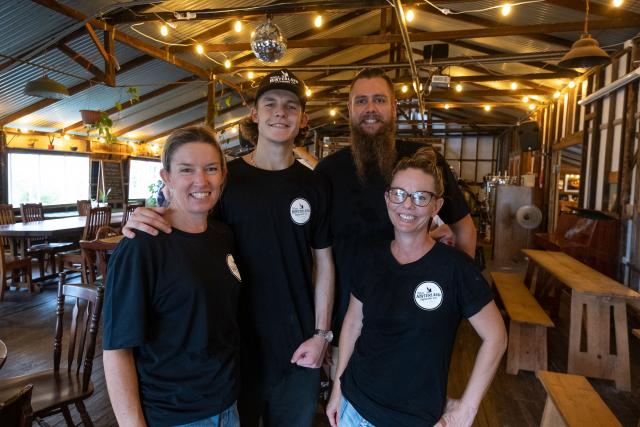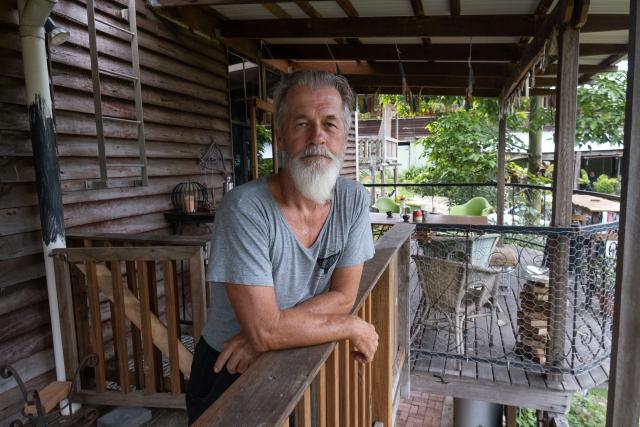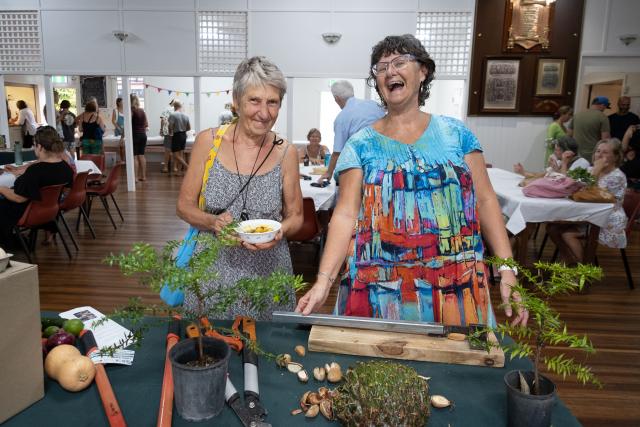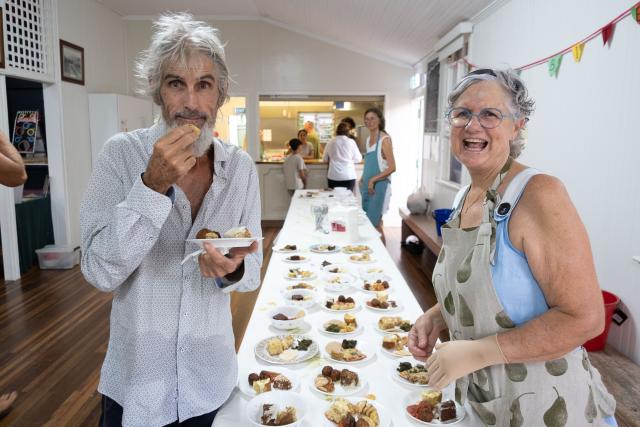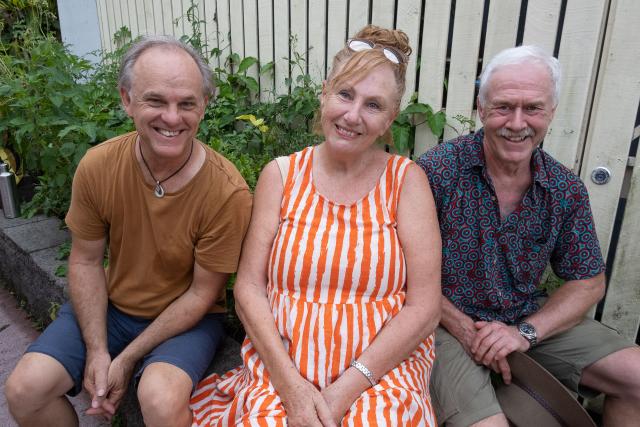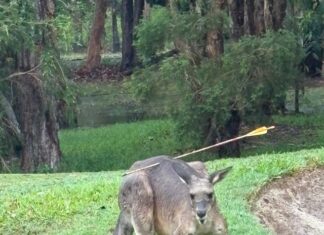Local farmers have been hit hard by the recent floods, losing crops, stock and livelihoods.
Among them was Shambhala Farm whose stall was missing from the Noosa Farmers Market for the past two weeks after flood waters inundated their market garden at their Doonan farm and destroyed crops at their sister farms in northern NSW and Lockyer Valley.
It’s the first time in 10 years farm owners Craig and Chrissy Hubbard, with young daughter Birdie, have been unable to bring their produce to market and they have felt the impact for themselves, their staff and their customers.
“Our market garden was inundated,“ Craig said.
“Some of the raised beds that have been used for the education centre have survived but that’s not enough to take to market. A lot of bananas survived, some fell over. We had swales around beds that have provided protection and we didn’t lose soil. Some places have lost soil in the torrents. We’re grateful for that. Some have had it way harder than us.
“Everyone’s safe and that’s the main thing. We’ve had some help this week, we’ve cleaned up.
“We feel for our customers. We feel a sense of obligation to our customers. We haven’t missed a market for 10 years. The shops have been pretty sparse as well.
“We’re hoping to go to the markets this week.“
Craig said the farm would be able to replant next week and it would take the life cycle of the plants – about eight-12 weeks – to fully rebuild their market garden.
He said the weather event reinforced his belief, one that first became evident in 2020 when Covid hit and shops ran out of food, of the fragility of our food production and the need for all people, even those in units and small blocks to produce some of their own food.
“People who have done our courses and have raised beds can harvest greens that are hard to get. Our food system is so delicate. I feel more strongly that instead of just providing for customers, we need to be educating them so they can have some kind of garden.“
Craig said he would also be transitioning to more resilient crops after seeing crops such as plantain, arrowroot and cassava had continued to thrive.
“The favourite things are harder to grow in flood conditions,“ he said.
“We have to transition to foods that are more resilient. A lot of foods we eat are European foods, they don’t like these conditions. We should try different foods that are grown in tropical, sub-tropical areas. It’s a big wake up call.“
Last weekend the township of Cooran united to raise money to help their local farmers recover from flood impacts.
Businesses across the town that became isolated during the floods pledged a percentage of takings to the community fund as did the Bunya Bites event held at the community hall.
“We were effectively Cooran Island for a week,“ Cara of Noosa Hinterland Brewing Co said. She said animals got lost when floodwaters rose above fence lines and the community was working together to relocate them.
Neighbour and human movement therapist Malcolm said the flood had been 1.2m higher than any he had experienced in 20 years living in Cooran. He said the tight-knit community was used to floods and most houses were built above flood lines, but it would have come as a shock to newcomers.
Cooran’s food co-op, established three years ago to make the most of locally available food, organised Bunya Bites to celebrate the bunya nut harvest and provide people with an opportunity to taste it. The flood and its impact on farmers provided them with a charity for the event.

